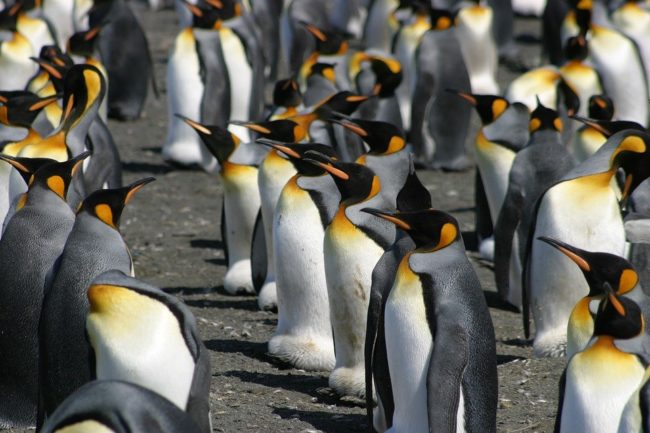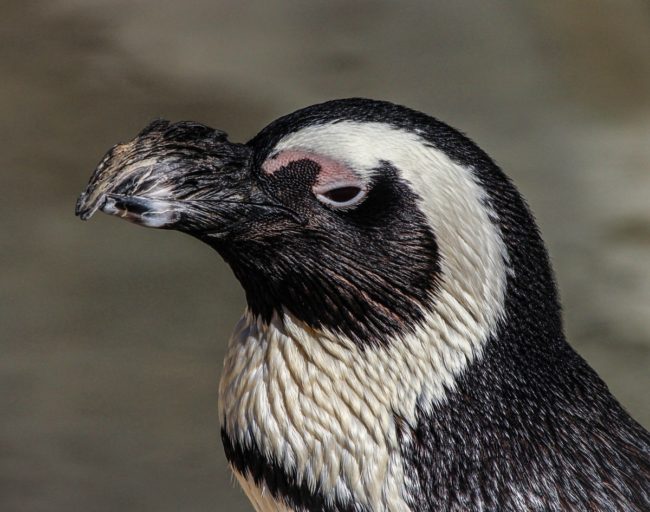How Do Penguins Stay Dry
Penguins are exciting birds in the wildlife. Both adults and kids have many questions regarding their ability to adapt to the freezing climate. Penguins stay dry due to their tiny waxy feathers, and their fat insulation keeps them warm during cold temperatures.
Not every species of penguins live in an icy region. There are 16 to 18 living species of penguins, where each species live in different climatic conditions.
The well-known species of penguin is emperor and king penguin. Emperor penguin is the tallest and heavier living penguin species living in the Antarctic region. King penguins live in the Sub-Antarctic area, and it is the second-largest penguin species that live away from Antarctic county.
Though penguins of different varieties are widely spread, they have similar biological factors of staying dry and keeping warm.

Way of dealing with temperature:
Penguins are warm-blooded animals like humans. Penguins deal with the cold climatic conditions brilliantly. By nature, penguin’s feathers are waterproof on the outside, and the inner section of the feathers locks up the air keeping the penguins warm in freezing weather.
All cold-weather animals are significant and have fat insulated around their body. Likewise, penguins have a blubber layer over their bodies and produce heat in the water.
The fur helps protect the water from reaching the skin when the penguins swim in the water and when on land, they help in insulating air by trapping the wind in a much colder climate.
Penguins have dense feathers than any other bird in the wildlife. They have reasonable temperature control in their body in both warm and cold times. Penguins are efficient enough to circulate the blood flow effectively in warm as well as cold conditions. Their nasal path tends to play an important role in exchanging the heat, thus keeping them warmer without much difficulty.
Heat loss areas:
Penguins lose heat from their joints and feet. The joints are controlled by the tendons, which help in not losing heat during Antarctic winters. Penguins bend their head downwards to avoid cold wind directly entering the nasal and reverse the warm breath back to the feathers.
Also, penguins sleep on their tummy to sunlight on the body and avoid chilling from the feet. Penguins’ feet are protected by plastic-like skin and tissues that prevent from getting cold due to icy surface.
Though feathers do not cover penguins’ feet, they sit on their feet by covering them with their dense feathers and fat belly. Penguins waddle to reduce the contact of feet on the icy surface and help themselves from continuous chilling.
Body-color matters to retain heat:
The black dorsal feathers help in absorbing the heating from the sunlight and keep the penguins warm. Penguins face the opposite of the sunlight to get enough heat from the sun. They even huddle in the same direction to be relatively more generous.

Behavior and adaptation to the weather:
Penguins stay united during the winters and beat the chillness. Huddling is the significant behavior of penguins during freezing weather. They stand close to feel the warmth, and when any of the penguins from the huddle feels too warm, it may move away and go to the shade to cool down the body.
Some penguin that wants to cool their body also pants and quivers to lose extra heat from the body. Few penguins stand facing the white front towards the sun. When penguins swim in the water, the feathers push the air bubbles when they propel up to the surface, and by the way, they naturally get rid of any moisture lock when they are in the water.
Conclusion:
Penguins stay dry due to their great feathers that shed the water and take the air in. The tiny air bubbles formed when the penguins dive into the water remains as a lubricant between the feathers. And thus, penguins keep the water away from getting stuck in the feathers.
The overlapping even feathers keep the penguins dry on the land. When there is moisture on the body, the down pointed feathers let the water drop down, keeping the feathers dry. The fat keeps the penguins internally warm, and the outer body is protected by the feathers that keep them dry.
Resources:
https://www.coolantarctica.com/Antarctica%20fact%20file/science/cold_penguins.php
https://www.nathab.com/blog/video-emperor-penguins-big-air-down-south/
https://www.penguinsinternational.org/2019/12/22/cold-feet-why-dont-penguins-feet-freeze/
Image Sources:
1. King penguins huddle by janjoa66 / Pixabay License
2. A close up of penguin feathers by JamesDeMers / Pixabay License
